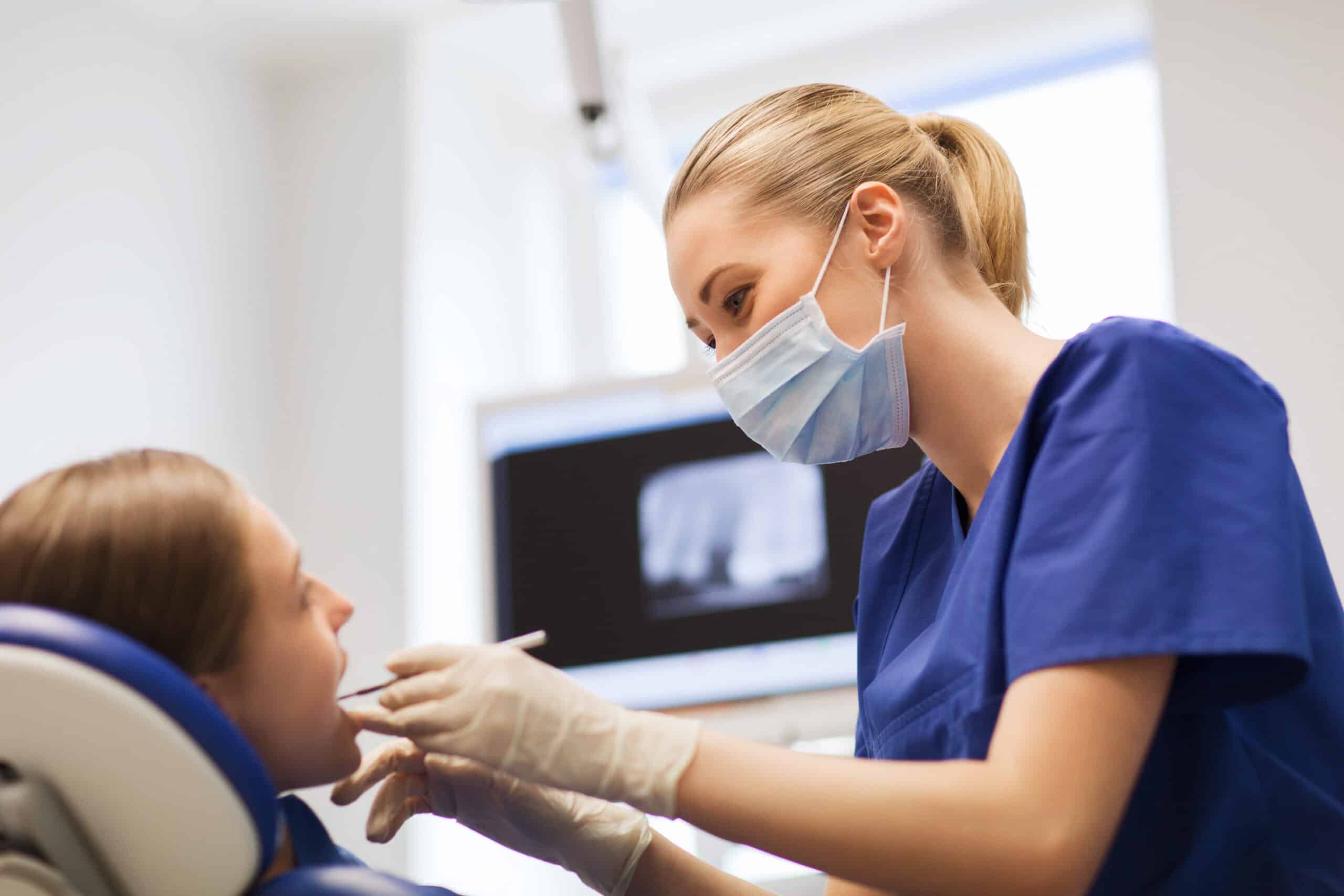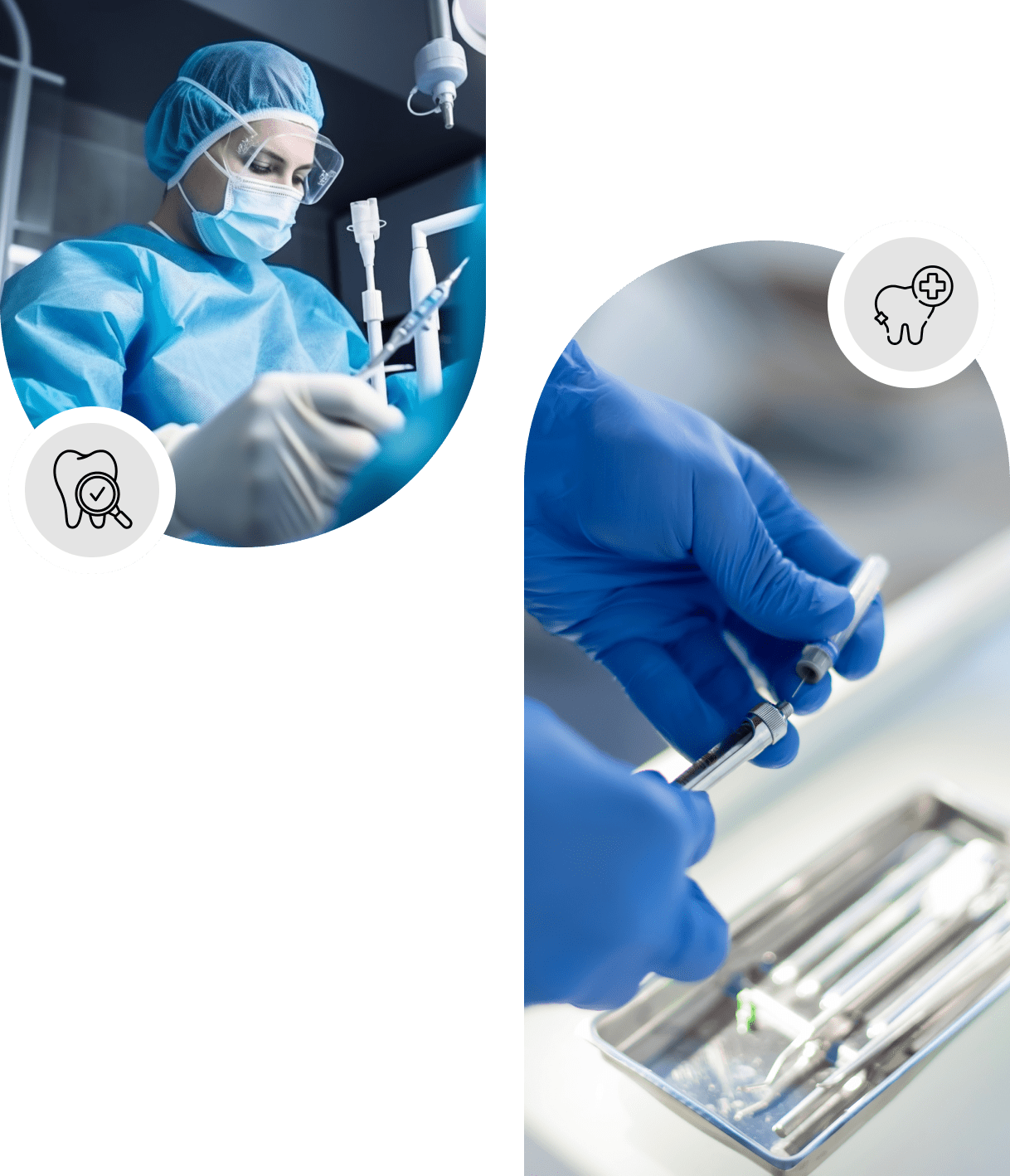

A local anaesthesic is different from general anaesthesia or sedation therapy. A local anaesthesic numbs the area the dentist will work on so you won't feel any pain. You will feel some pressure but not the pain that comes from using the tools or stitching up a wound.

The chemical works because it blocks the local nerves from sending signals to the brain regarding pain. Unlike using general anaesthesia or sedation therapy, a local anaesthetic leaves you completely awake and alert. You will be able to drive yourself home after a dental procedure.

General anaesthesia puts a patient completely to sleep and is used for long or complicated procedures. Some dental surgeries may call for it but most dentists prefer and recommend using local anestesthics because they are safer.

Sedation therapy will put you in a twilight zone. They don't affect or reduce pain but make you feel more comfortable while you are undergoing a dental procedure. Dentists will also use a local anesthetic when they do your procedure even with sedation therapy.
Three types of local anaesthesia are typically used in many dental procedures. There is the local topical version that is rubbed onto the area first. This is to numb the skin so the injection won’t hurt as much.
The injected local anaesthesia is then shot into the area where the work is done. This completely numbs that area. Most dentists will work only one side of the mouth at a time so your whole mouth doesn’t feel numb.
The third type of local anaesthesia is a nerve blocker. These are used for more complicated procedures like root canals or some oral surgeries.
Local anaesthesia tends to wear off gradually in an hour or two.

30 minute Dental Cleaning & Polish,
Dental Check-Up and X-Ray